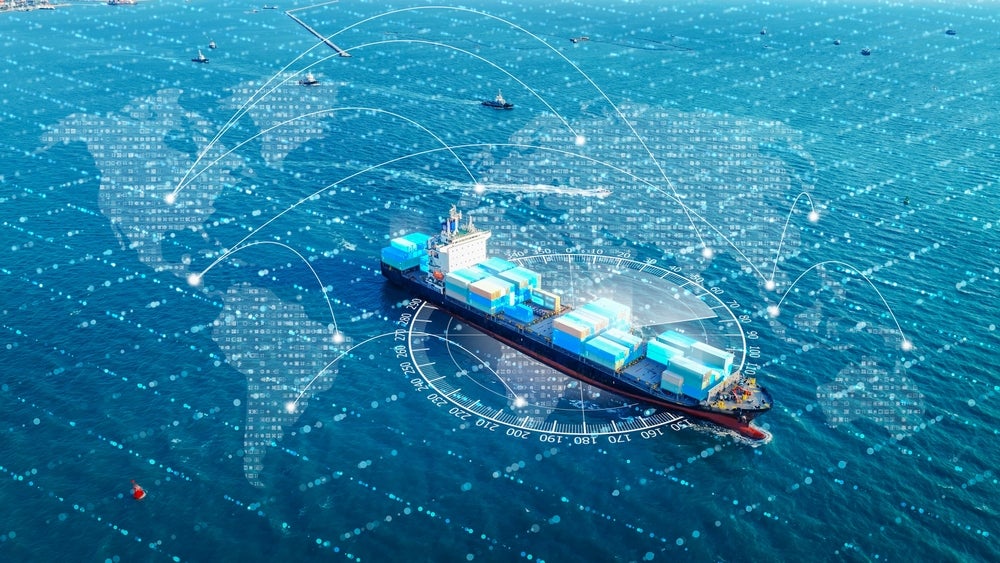Belgium-based Exmar has reached an agreement with Lattice Technology to jointly develop a new kind of CO₂ carrier, which will also support the transportation of liquefied petroleum gas (LPG) and ammonia.
Through a Joint Development Company, the partnership will integrate Exmar’s expertise in the design, ownership and operation of gas carriers with Lattice Technology’s competence in developing tank designs for carbon transport.
For optimising logistics, the design and size of the ship will be adjusted to carry the required transport volumes.
With a cargo capacity of 40,500m³, the initial concept of the carrier has been designed as a 195m-long Panamax beam vessel.
This ship will be customised to assist with carbon capture, utilisation and storage (CCUS) projects with capacities of two to ten mtpa.
The new vessel is expected to have a 3,000m³ storage capacity for storing LPG, ammonia or liquefied natural gas (LNG).
How well do you really know your competitors?
Access the most comprehensive Company Profiles on the market, powered by GlobalData. Save hours of research. Gain competitive edge.

Thank you!
Your download email will arrive shortly
Not ready to buy yet? Download a free sample
We are confident about the unique quality of our Company Profiles. However, we want you to make the most beneficial decision for your business, so we offer a free sample that you can download by submitting the below form
By GlobalDataIn addition, the patented tank design will offer a storage solution for offshore carbon liquefaction or re-injection projects.
The pressurised storage tanks will be designed to fit the ship hull and increase storage capacity.
Exmar shipping executive director Jens Ismar said: “We are very pleased and excited about this joint venture with Lattice as we strongly believe CCUS will be a major contributor in our efforts to decarbonise the atmosphere. We believe the Lattice tanks provides the most flexible and economical way to accomplish this.”
In July, Canadian fertiliser firm Nutrien partnered with Exmar to jointly develop and construct a low-carbon, ammonia-powered ship.







